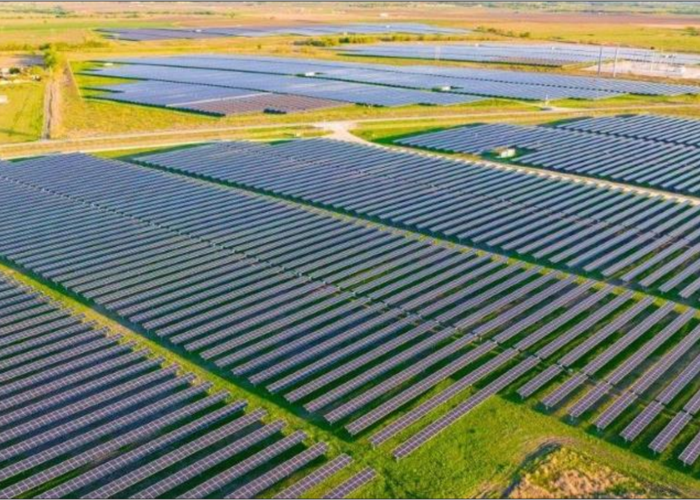The U.S. Congress’ passage of the Emergency Economic Stabilization Act of 2008 and the subsequent signing into law of the bill by President Bush not only provides government bailout options for the country’s troubled financial sector but includes a strong package of investment tax credits for solar and other renewable energy developers. But the legislation doesn’t stop there. Because of the removal of a prohibition that prevented regulated utility companies from taking advantage of the credit, the Solar Electric Power Association (SEPA) predicts a major increase in large-scale solar photovoltaic and thermal projects by those firms.
Based on announcements and discussions with utility executives this year, SEPA believes that utilities will quickly become the largest and one of the most important customers for the solar industry, expanding solar markets beyond analysts’ expectations. The association predicts that access to the federal tax credit will expedite the time frame and scale to which this happens.
Try Premium for just $1
- Full premium access for the first month at only $1
- Converts to an annual rate after 30 days unless cancelled
- Cancel anytime during the trial period
Premium Benefits
- Expert industry analysis and interviews
- Digital access to PV Tech Power journal
- Exclusive event discounts
Or get the full Premium subscription right away
Or continue reading this article for free
“U.S. electric utilities’ engagement with grid-connected solar electricity has increased significantly in 2008, with major photovoltaic and concentrating solar thermal project announcements totaling more than 5000 MW,” said Julia Hamm, SEPA executive director. “Without the ability to take direct advantage of the ITC, the only viable financial option was to have these plants be owned and operated by independent power producers which then in turn sell the electricity to the utility. The change to the tax credit facilitates utility ownership as another option, which will result in additional projects and innovations.”
SEPA believes, with the policy change, utilities that have a tax appetite and an interest in owning solar-generation projects have an additional incentive to diversify and clean their energy supply with the addition of solar power.
“This is a very positive development for the utility industry as it will go a long way to putting solar power within reach of many more Americans,” said Jim Rogers, chairman/president/CEO of association member Duke Energy. “It is exactly what we need as we explore investing $100 million to install, operate, maintain, and dispatch solar panels on our customers’ rooftops in North Carolina as a viable option to build a bridge to a low-carbon future.”
Rogers is referring to a distributed solar-energy generation program in North Carolina announced by Duke Energy in June, which will encompass up to 850 residential, public, and commercial rooftops and create at least 16 MW of PV-generated electricity.
There’s another benefit from the passage of the ITC, according to SEPA’s Hamm. “The extension of the tax credit also significantly increases the likelihood that recently announced solar projects will come to fruition.”
One example cited by SEPA ranks as one of the largest planned PV-based utility installations in history: Pacific Gas and Electric’s long-term contracts, announced in August, with thin-film PV company OptiSolar and crystalline-silicon firm SunPower to build 550 MW and 250 MW solar-power plants, respectively, in the Central California county of San Luis Obispo. Both deals, scheduled to be built in phases between 2010 and 2013, were contingent on the extension of the federal credits, the utility said at the time of the original announcement.
The complete list of the solar investment tax credit provisions in the newly passed legislation include:
- Extension for eight years of the 30% tax credit for both residential and commercial solar installations.
- Elimination of the $2000 monetary cap for residential solar electric installations, creating a true 30% tax credit
- (effective for property placed in service after Dec. 31, 2008).
- Elimination of the prohibition on utilities from benefiting from the credit.
- Allowance for alternative minimum tax (AMT) filers, both businesses and individuals, to take the credit.
- Authorization of $800 million for clean energy bonds for renewable energy generating facilities, including solar.
Hamm will be one of the speakers during the opening-day (Oct. 14) plenary session of Solar Power International, taking place next week in San Diego.
— Tom Cheyney






